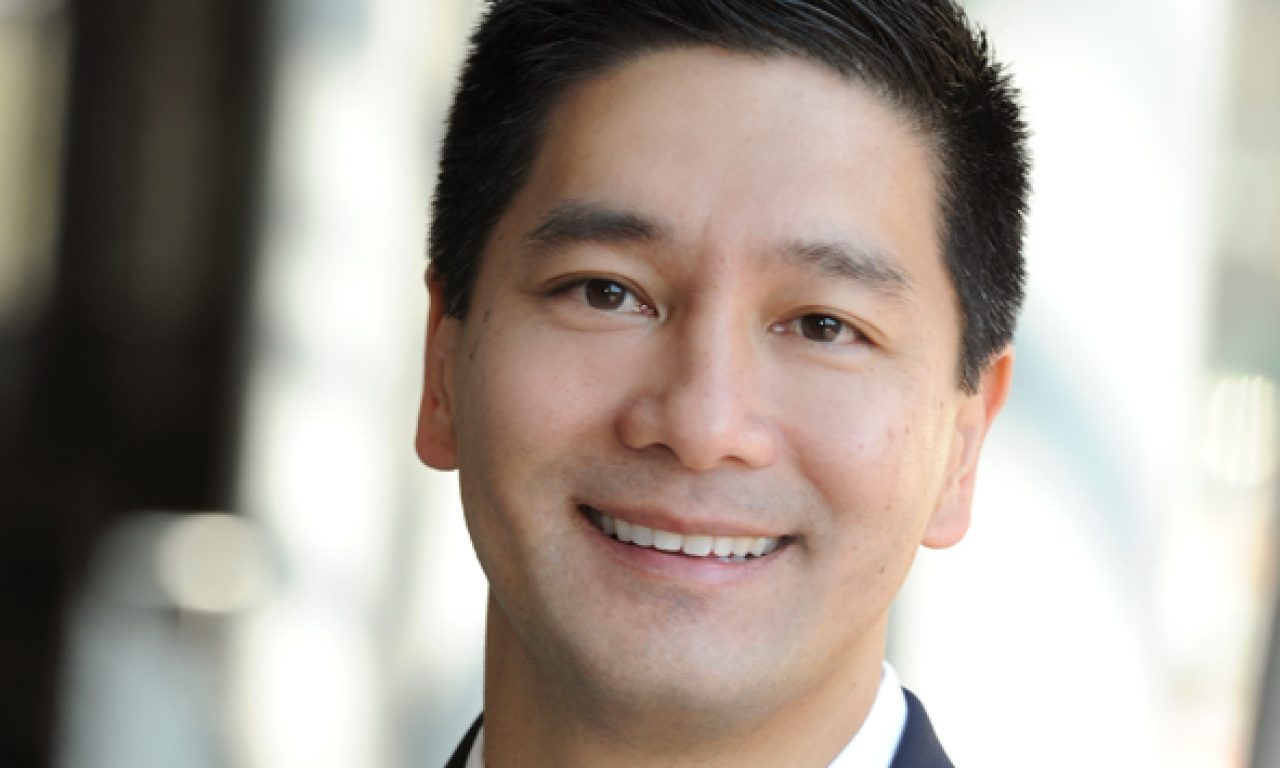(pictured: Andrew Ang)
Andrew Ang, sometimes referred to as the father of factor investing, came home to Australia last week. It was his first visit back since exiting academia in New York last July to become the global head of factor investing strategies at BlackRock. Here are some of his insights.
Ang, born and raised in Perth, with his first degree from Sydney’s Macquarie University, went to America to further his studies in his early 20s and didn’t return. Instead, he earned a PhD in finance and a Master of Science in statistics from Stanford University and went on to become a Professor of Finance at Columbia in New York. He married an American girl, had children and the rest, as they say…
But in the meantime he also wrote THE book on factor investing: “Asset Management: A Systematic Approach to Factor Investing”.
Back in Australia last week for some client briefings, Ang said that the three main lessons from the GFC which had added to the investor impetus for factor investing – such as smart-beta strategies and funds – were:
- The very difficult investment environment with low or negative interest rates and large imbalances in the economy. Factors help, he said, because they concentrate on rewarded areas of returns and they minimise idiosyncratic risks.
- Traditional approaches often led to unbalanced risk. The allocation to certain “labels” among investment choices often did not lead to the right outcomes. For example, private equity investments went down alongside the listed markets. Factors help for a robust portfolio because they focus on return drivers, Ang said.
- Everyone has become more fee conscious. “We haven’t given up on alpha,” he said, “but we have to make sure that we pay the right amount for it and save your alpha budget for where it can make a difference.”
Smart beta funds and strategies – or tilted index funds, which are usually not cap-weighted – reflect the implementation of factor investing. Ang says that because you can write down the rules with factor investing, it means that you can build indices around them. They are ideal for ETFs and represent the fastest growing segment of that market, at least in the US.
Two of the more sophisticated smart beta funds in the market are BlackRock’s ‘Style Advantage’ and ‘Market Advantage’ strategies. The ‘Style’ strategy, which was launched a few months ago, is a long/short liquid alternatives multi-asset factor fund. The six-year-old ‘Market’ strategy includes macro factors, such as inflation and interest rates, and is also long/short.
Ang says that the foundation of everything he and BlackRock do in factor investing is based on economic rationale. If not, he won’t pursue the idea. “It may still be alpha,” he says, “but it has to fit our rationale.”
Factor investing takes account of three main characteristics: systematic reward for certain risk-taking; recognising structural impediments; and, recognising behavioural biases.
Take low-volatility strategies, for instance. These take advantage of both structural impediments and behavioural biases. The structural impediment, Ang says, is that a lot of investors have high returns targets. They try to hold the most efficient portfolio for risk and return and then lever it. But most pension funds, like Australian super funds, cannot lever their investments externally. “If you can’t lever the investments you gravitate towards riskier assets, which bids up prices. You tend to be underweight the stable and boring assets, which causes the low-volatility effect.”
From a behavioural perspective with low-volatility strategies, he says, many investors tend to treat the market like a lottery. They want it to make them rich. “People often overestimate returns, through their hopes and dreams. Low-risk stocks are generally not that popular.”
With the ‘quality’ factor, there is mainly a behavioural bias to exploit. The earnings from low-quality stocks tend to be transitory but often higher than the earnings of more stable and cash-focused companies. “You want the latter, over time,” Ang says.
All factors go through short-term cyclicality. Low volatility, for instance, tends to outperform in poor markets and underperform in good markets. Quality tends to be defensive and did well last year. “But in really good times, in booms, who cares about quality?”
With respect to the investor trends, Australia is leading the factor revolution, Ang says. “I’m very proud to be a part of that.”
He says his transition from academic to fund manager has not been as difficult as he expected. “I did a lot of advising [of investors} before and I’m still doing that. I like to educate people about factor investing… But it is hard to change the way people invest from an ivory tower… That’s the reason I came to BlackRock.”

